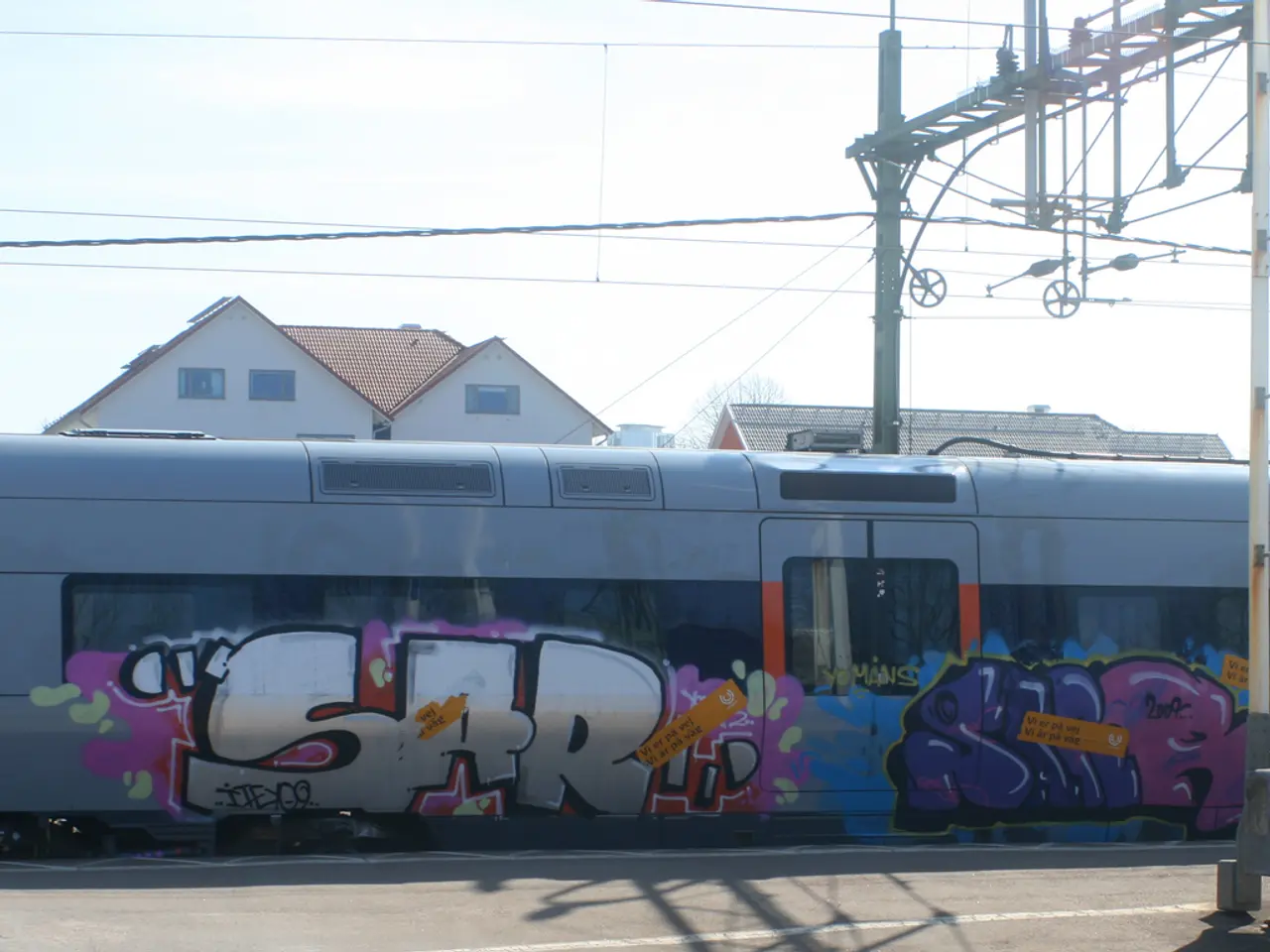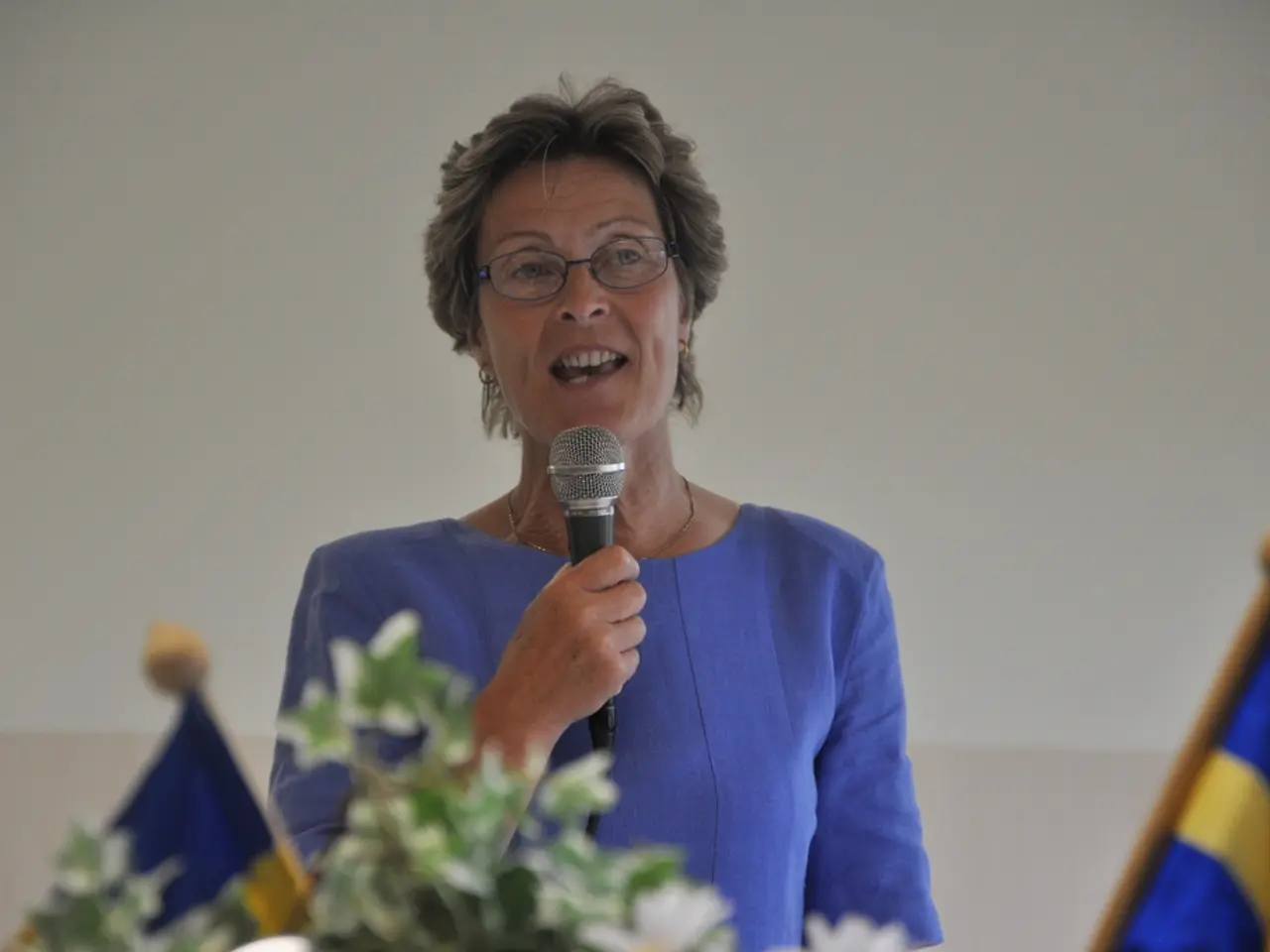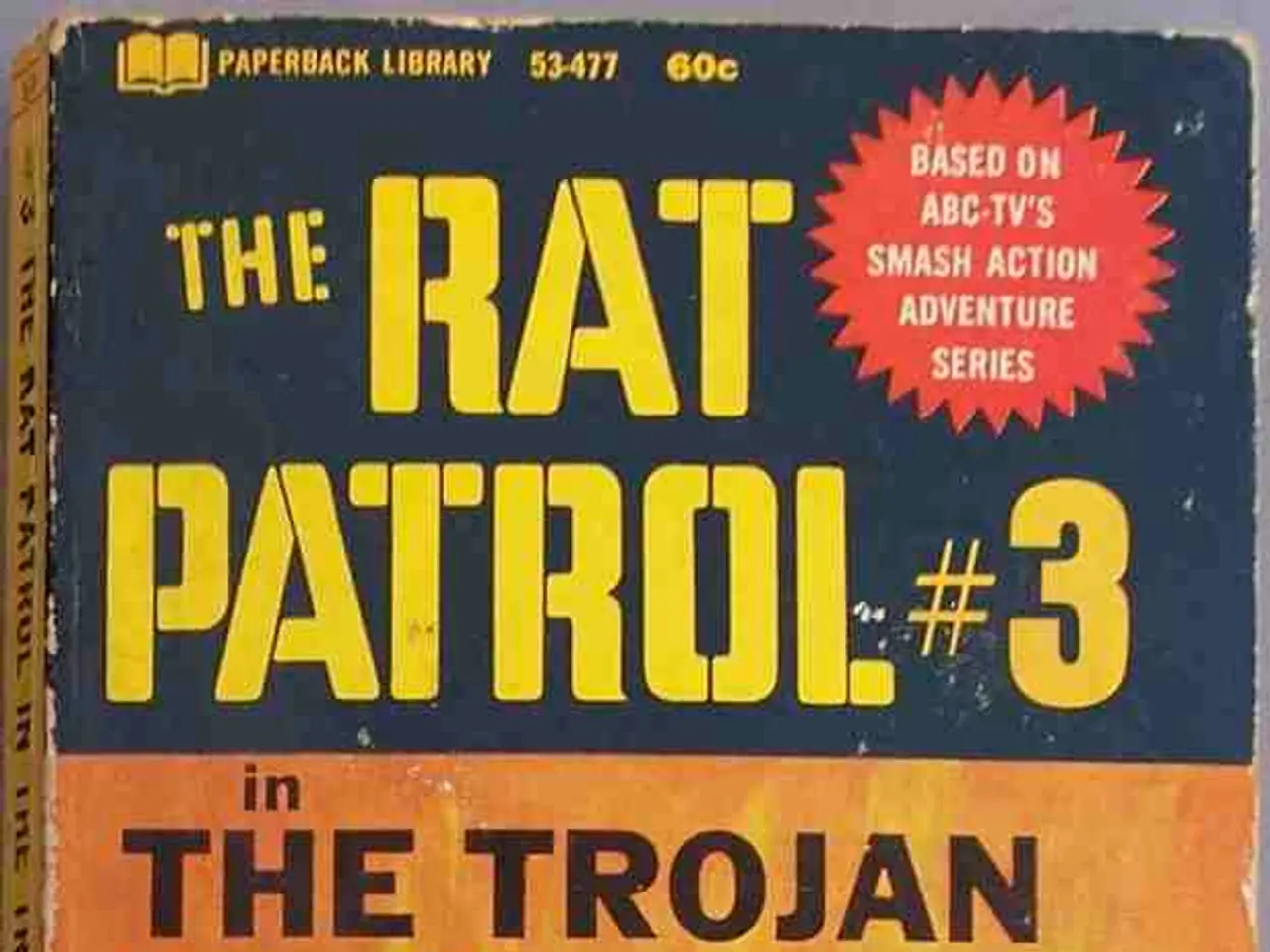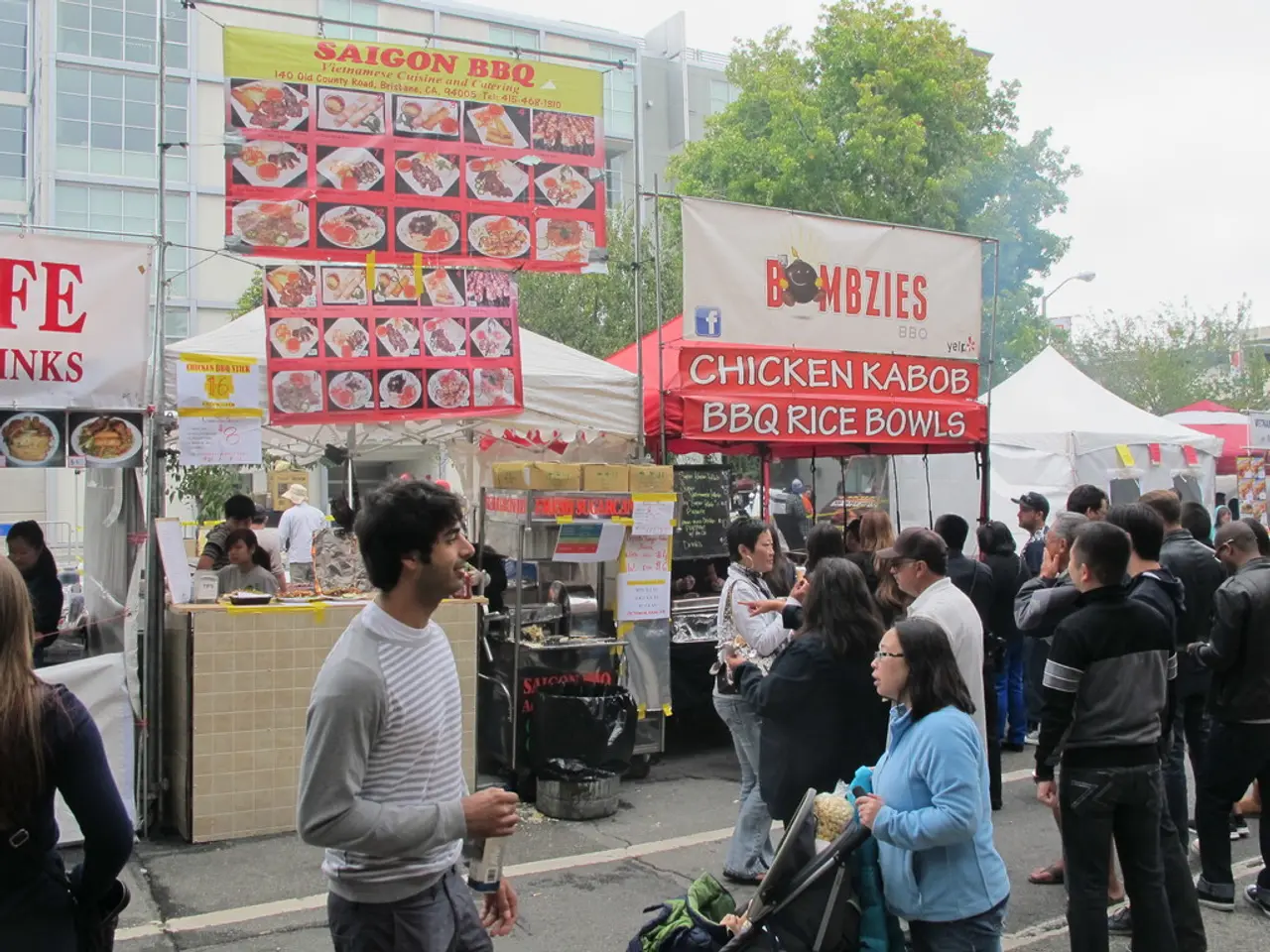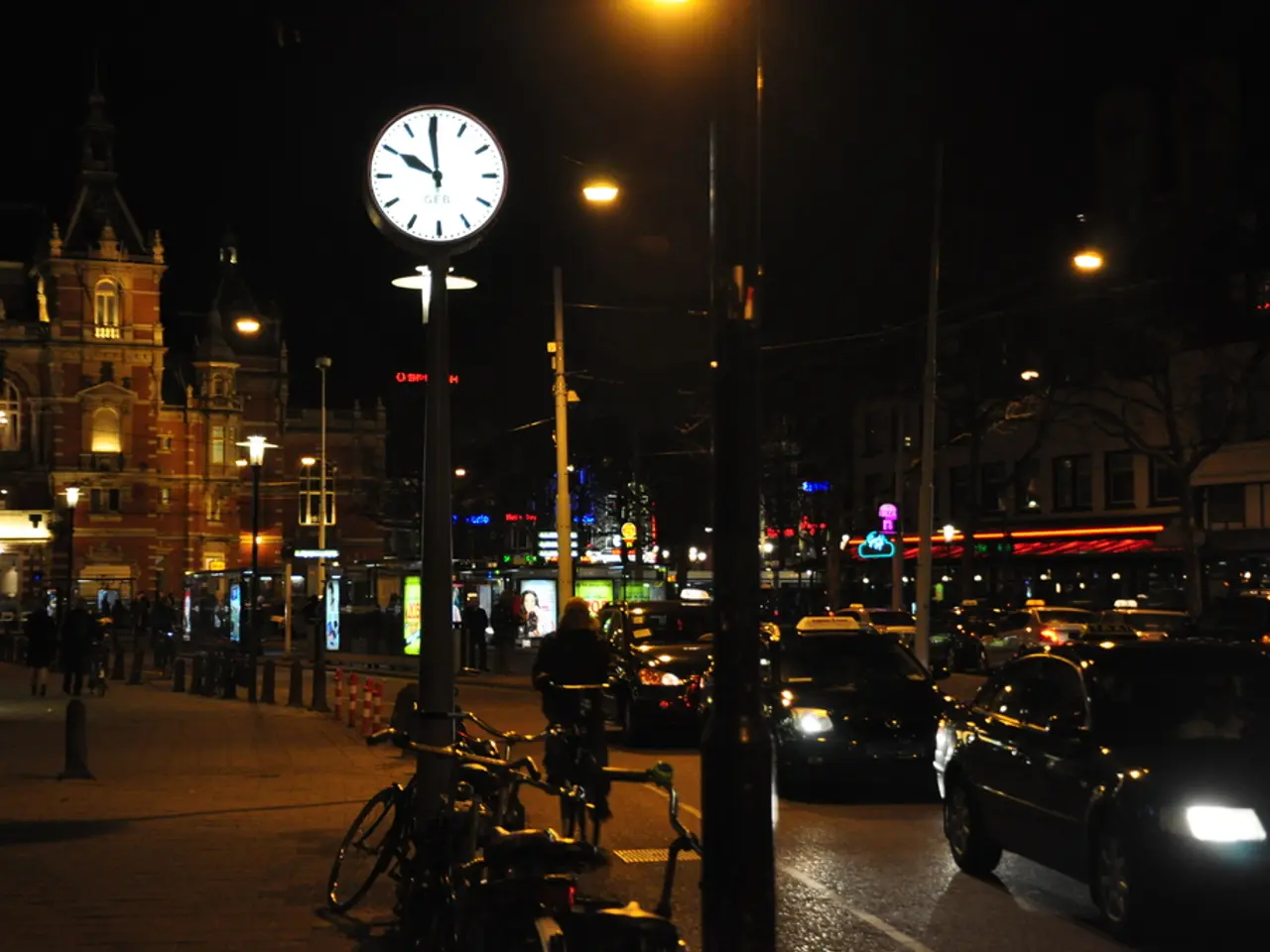Border Transport Operations Run Seamlessly According to Polish Interior Minister
Poland has reinstated temporary border controls with Germany and Lithuania, citing concerns about illegal immigration and the alleged smuggling of migrants across the border. The controls, initially set for 30 days but potentially extendable, target specific vehicles such as buses, minibuses, cars carrying multiple passengers, and vehicles with tinted windows.
The decision to reinstate the controls has sparked controversy, with several factors coming into play. One of these factors involves Poland's reaction to measures imposed by Germany, which Poland perceives as an uneven approach to border management. Germany has denied allegations by far-right groups in Poland that it is transporting migrants into Polish territory after they reach Western Europe.
The reintroduction of border controls by Poland also poses a challenge to the Schengen Area's principles of free movement. Katarina Barley, Deputy President of the European Parliament, has termed it a "retaliation" that could strain the entire Schengen system.
Domestic political pressure, particularly from far-right groups in Poland, also plays a significant role in the decision. These groups have criticised Prime Minister Donald Tusk's government over its handling of migration issues.
In the past few hours, Polish border guards have been conducting checks at the Polish-German border and the Polish-Lithuanian border. At the Polish-Lithuanian border, the controls have been in place since midnight. An Estonian citizen was detained by Polish border guards at one of the Lithuanian crossings shortly after midnight, with four people from Afghanistan in the car who were attempting to enter irregularly.
Traffic is flowing smoothly at the 52 crossings along the German-Polish border where travellers are being checked randomly since midnight. The driver of the vehicle is still being interrogated.
Germany has been conducting random checks at its border with Poland since October 2023, with German Interior Minister Alexander Dobrindt ordering more intensive border controls in May. The smuggler attempted to cross the border before the controls were introduced.
Polish Interior Minister Tomasz Siemoniak has given a positive assessment after several hours of temporary controls at Poland's borders with Germany and Lithuania. The controls at the Polish-German border and the Polish-Lithuanian border are ongoing.
Asylum seekers can now be turned back at the German border. The conversation about the border controls was held between Tomasz Siemoniak and the head of the border guard and reported to TVN24. The Afghans are being returned to Lithuania.
The reinstatement of border controls by Poland is a response to migration concerns and is embroiled in a broader controversy involving international relations within the EU and domestic political tensions in Poland. As the situation continues to unfold, it remains to be seen how this decision will impact the Schengen Area and the broader European Union.
- The reinstatement of border controls by Poland, amidst migration concerns, has been met with political debate, as it is perceived by many as a retaliation against Germany's border management policies and a potential strain on the Schengen Area's principles of free movement.
- The decision to reintroduce border controls in Poland, fueled by domestic political pressure, particularly from far-right groups, has been a significant move in the broader controversy surrounding migration management within the EU, potentially impacting the Schengen Area and the broader European Union as the situation unfolds.
